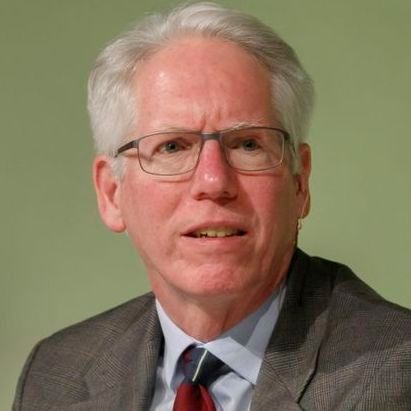Article
Federal Government Restrictions on Opioid Treatment Hinder Care
Author(s):
Even with 250,000 overdose deaths in the past decade, federal restrictions have made treatment for opioid use disorder difficult.

Dennis McCarty, PhD
(OHSU/Kristyna Wentz-Graff)
As the opioid epidemic continues to grip the country with fatal overdoses and stories of nightmarish recovery centers, researchers at the Oregon Health and Science University published an annual review detailing treatment trends over the past century and answering the fateful question—how did we get here?
“The history of treatment, the types of treatment and treatment limitations (especially related to outcomes) are essential to understanding the severity of Opioid use disorders,” Marvin Seppala, MD, the chief medical officer of the Hazelden Betty Ford Foundation, one the nation’s top addiction treatment centers, who was not involved in the study, told MD Magazine.
Only about 10% to 20% of patients with opioid use disorders in the United States receive medical treatment for their disorder, according to data collected in the National Drug Abuse Treatment Clinical Trials Network. The review suggests that the primary reason is federal restrictions on treatment.
These restrictions increase stigma which has shaped the treatment of opioid use disorder, beginning with the first treatment facilities, which were tucked away on farms in the 1930s. Now, federal regulations continue to hinder access to appropriate care, including pharmacological treatments for addiction.
“They were trying to isolate them in geographically obscure places, and all of that reflected the stigma,” Dennis McCarty, PhD, a professor of public health and preventive medicine at Oregon Health and Science University and lead author of the paper, told MD Magazine. “Then the continued federal restrictions on how to use these medications and what medications could be used, again, reflects the history of stigma.”

Marvin Seppala, MD
Recent legislation, however, has increased access to treatment. After the Medicaid expansion in Oregon in 2014, the number of patients receiving treatment for addiction doubled. Still, efforts to repeal the affordable care act could reduce this effect.
Most doctors in the United States aren’t trained in addiction, nor are they qualified to prescribe the medications, such as buprenorphine and methadone, that have been shown to help people stay off opioids. Comparatively, in British Columbia, Canada, where general practitioners can prescribe these drugs, 70% of patients with opioid use disorders receive appropriate medical treatment.
Even if they are aware of the pharmacologic treatment options, not just any doctor can prescribe these drugs. These therapies have been tightly regulated since the 1960s when it was illegal to use narcotics to treat addiction. Nowadays, doctors must register with the Drug Enforcement Agency, and become a federally licensed opioid treatment program, which carries more requirements of its own. Even then, there are limits to the number of patients for which the doctor can prescribe methadone or buprenorphine.
“The takeaway is the federal government has been regulating and restricting treatment for opiate use disorders for the past century and continues to do so, or fails to do so in some cases,” McCarty emphasized.
But buprenorphine and methadone are not perfect solutions. More research still needs to be done to improve the use of these medications and develop better ones. According to Seppala, one weakness of the review is that “it does not venture very far into the downside of the medications,” a crucial point for long-term success.
“This is the primary public health issue of the past decade with over 250,000 overdose deaths,” Seppala urged. “The medical field needs to recognize its role in the development of this crisis and get more involved in its solution.”
The study, “Treatment and Prevention of Opioid Use Disorder: Challenges and Opportunities,” appeared in Annual Review of Public Health.
Related Coverage >>>
Adolescents, Young Adults Refill Opioids at Rate Similar to Adults
Stem Cell Therapy Reverses Opioid Tolerance Effects
FDA Changes Safety Label for Pediatric Prescription Opioid Medication





